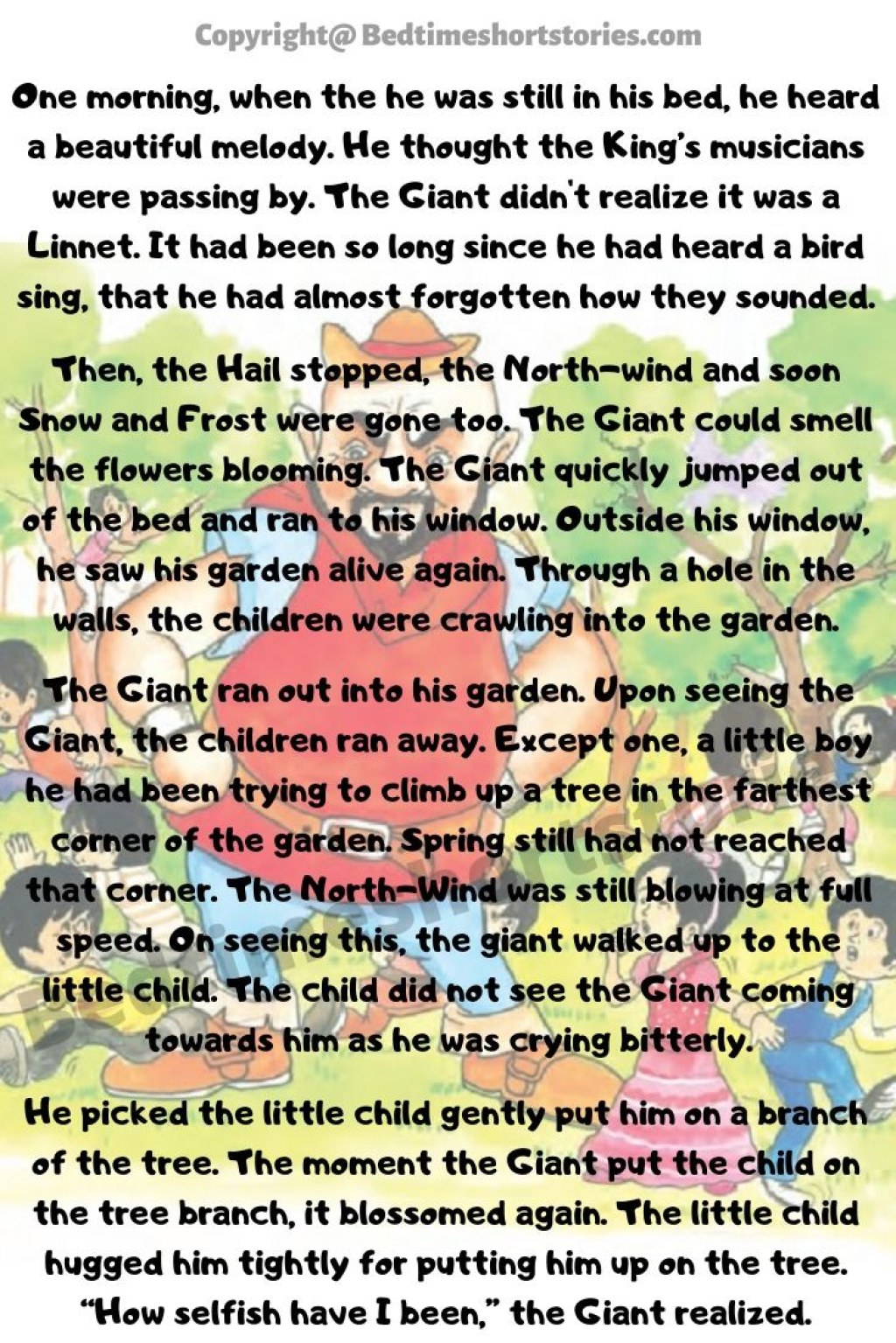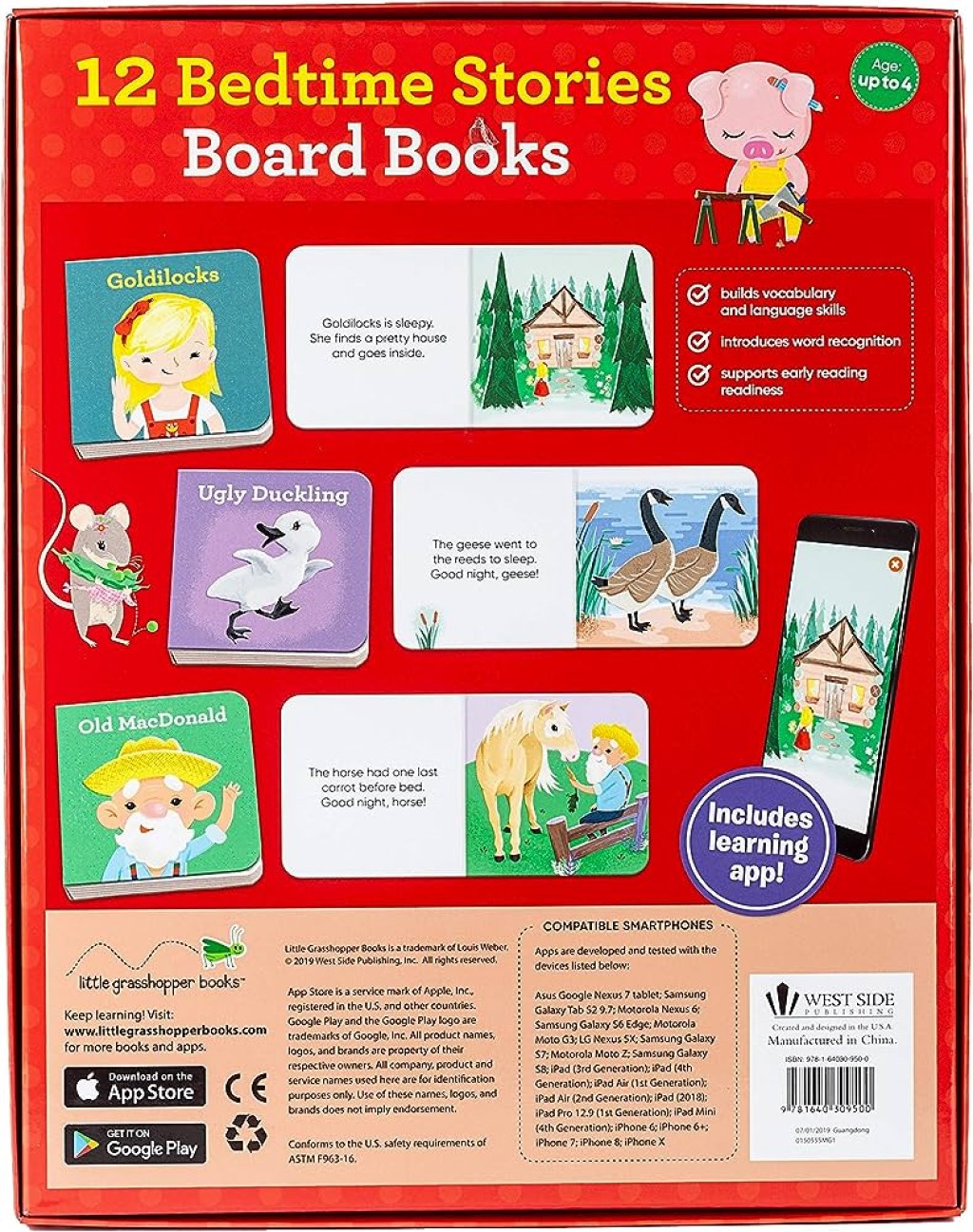Enchanting Bedtime Stories For 3rd Graders: Ignite Their Imagination And Click To Dive Into The Adventure!
Bedtime Stories for 3rd Grade: Engaging and Educational Tales for Young Readers
Introduction
Greetings, Readers! We warmly welcome you to explore the fascinating world of bedtime stories for 3rd grade children. As parents and educators, we understand the significance of storytelling in a child’s development. Bedtime stories not only entertain but also educate young minds, fostering imagination, creativity, and language skills. In this article, we will delve into the various aspects of bedtime stories for 3rd graders and why they are an essential part of a child’s bedtime routine.
Before we dive into the details, let’s take a moment to understand what bedtime stories are. These are enchanting narratives that are read aloud to children before they go to sleep. They transport young readers to magical realms, introduce them to diverse characters, and teach valuable life lessons.
2 Picture Gallery: Enchanting Bedtime Stories For 3rd Graders: Ignite Their Imagination And Click To Dive Into The Adventure!


Now, let’s explore the world of bedtime stories for 3rd grade children together!
What Are Bedtime Stories for 3rd Grade?
📚 Bedtime stories for 3rd grade are captivating tales specifically curated for children in their third year of primary school. These stories are designed to entertain, educate, and engage young readers, making their bedtime routine a memorable and enriching experience.
🌙 The stories often feature relatable characters and age-appropriate themes that resonate with 3rd graders, encouraging their love for reading and fostering their imagination.

Image Source: pinimg.com
📖 These stories may range from fairy tales and adventure narratives to historical accounts and moral stories, offering a diverse range of options for both parents and teachers to choose from.
Importance of Bedtime Stories for 3rd Grade
🌟 Enhancing Language Skills: Bedtime stories expose children to rich vocabulary, helping them improve their language skills and expand their vocabulary.
🌟 Strengthening Imagination and Creativity: By immersing themselves in imaginative narratives, 3rd graders develop their creativity and imagination, which are crucial for their cognitive growth.
🌟 Building Emotional Intelligence: Bedtime stories often touch upon emotions, helping children develop empathy and emotional intelligence as they connect with the characters’ feelings and experiences.
🌟 Instilling Moral Values: Many bedtime stories convey important life lessons and moral values, teaching children about kindness, honesty, resilience, and other virtues.

Image Source: media-amazon.com
🌟 Creating Bonding Moments: The ritual of bedtime storytelling fosters a strong bond between parents or caregivers and children, providing a cherished opportunity for quality time and connection.
🌟 Improving Concentration and Memory: Engaging in stories requires focus and concentration, which helps 3rd graders enhance their attention span and memory retention abilities.
Now that we know the importance of bedtime stories, let’s dive deeper into the world of 3rd-grade storytelling.
Who Can Benefit from Bedtime Stories for 3rd Grade?
👧🧒 Bedtime stories for 3rd grade cater to children who are typically around eight to nine years old. These stories are specifically curated to match their cognitive abilities, interests, and reading level.
🏫 Along with parents, teachers can also utilize bedtime stories as a valuable educational tool in the classroom. They can incorporate storytelling sessions to enhance language skills, spark discussions, and encourage critical thinking among 3rd grade students.
📚 Whether at home or in school, bedtime stories for 3rd graders add joy and excitement to the young readers’ lives, making learning an enjoyable experience.
When Is the Ideal Time for Bedtime Stories?
🌙 The evening hours, just before bedtime, are the perfect time to embark on a storytelling journey. The calm and cozy environment prepares children for a restful sleep while setting the stage for a magical storytelling experience.
🌛 Ideally, bedtime stories for 3rd graders should take place 15-30 minutes before lights-out, allowing children to unwind, relax, and embark on imaginative adventures before they drift off to dreamland.
Where Can You Find Engaging Bedtime Stories for 3rd Grade?
📖 There is a plethora of resources available for finding captivating bedtime stories for 3rd graders. Let’s explore some of the most popular options:
1️⃣ Libraries: Local libraries often have a wide selection of children’s books, including age-appropriate bedtime stories for 3rd graders. Borrowing books from libraries promotes a love for reading and provides access to diverse storytelling styles.
2️⃣ Bookstores: Bookstores offer an extensive collection of bedtime stories for 3rd graders. Exploring different titles, genres, and authors allows children to discover their personal preferences and develop a lifelong love for reading.
3️⃣ Online Platforms: Various online platforms provide digital access to a vast array of bedtime stories. E-books, audiobooks, and interactive storytelling websites offer convenience and flexibility for both parents and children.
4️⃣ Educational Websites: Numerous educational websites offer curated lists of bedtime stories for 3rd graders. These websites often categorize stories based on themes, genres, and learning objectives, making it easier for parents and teachers to find suitable options.
Now that we know where to find captivating bedtime stories, let’s explore the advantages and disadvantages of incorporating them into a child’s bedtime routine.
Advantages and Disadvantages of Bedtime Stories for 3rd Grade
Advantages:
1️⃣ Improved Language Skills: Engaging in bedtime stories enhances vocabulary, grammar, and reading comprehension, leading to improved language skills.
2️⃣ Encourages a Love for Reading: Bedtime stories instill a passion for reading, fostering a lifelong habit that benefits children in various aspects of their lives.
3️⃣ Enhances Cognitive Abilities: Listening to and analyzing stories stimulates critical thinking, problem-solving, and creativity in 3rd graders.
4️⃣ Develops Empathy and Emotional Intelligence: Bedtime stories featuring diverse characters and emotional narratives help children understand different perspectives and develop empathy.
5️⃣ Provides a Bonding Opportunity: Sharing stories creates a nurturing and positive environment, strengthening the bond between parents and children.
Disadvantages:
1️⃣ Sleep Disruptions: Overstimulation from engaging stories may lead to difficulty falling asleep, affecting the quality and quantity of sleep.
2️⃣ Time Constraints: Finding the right balance between bedtime routines and story length can be challenging for busy parents.
3️⃣ Dependency on Screens: The use of electronic devices for digital storytelling may contribute to excessive screen time, potentially impacting children’s well-being.
4️⃣ Content Appropriateness: Ensuring the stories are age-appropriate and aligned with personal values may require careful selection and review.
5️⃣ Limited Active Participation: Passive listening to bedtime stories may limit children’s active engagement and opportunities for interactive discussions.
Now that we have explored both the advantages and disadvantages, you may have some questions. Let’s dive into the frequently asked questions about bedtime stories for 3rd grade.
Frequently Asked Questions
Q1: Are bedtime stories only for young children?
A1: No, bedtime stories can be enjoyed by children of all ages, even adults. They provide a sense of comfort, relaxation, and escape from the stresses of everyday life.
Q2: How long should a bedtime story be?
A2: The ideal duration for a bedtime story is typically around 10-20 minutes. However, it ultimately depends on the child’s attention span and the story’s length.
Q3: Can I make up my own bedtime stories?
A3: Absolutely! Creating your own bedtime stories allows you to tailor the narrative to your child’s interests, fostering a stronger connection between you and your little one.
Q4: Can bedtime stories improve a child’s academic performance?
A4: Yes, bedtime stories can positively impact a child’s academic performance by enhancing language skills, reading comprehension, and vocabulary.
Q5: How do I choose age-appropriate bedtime stories?
A5: Consider your child’s interests, reading level, and values when selecting bedtime stories. Additionally, reviewing the content beforehand can ensure its appropriateness.
Now that we’ve answered some common questions, it’s time to wrap up our exploration of bedtime stories for 3rd grade. Let’s conclude with some final thoughts.
Conclusion
In conclusion, bedtime stories for 3rd grade are invaluable tools for fostering a love for reading, enhancing language skills, nurturing imagination, and imparting moral values. These captivating narratives provide children with a magical escape while also promoting cognitive growth and emotional intelligence.
By incorporating bedtime stories into your child’s routine, you create cherished moments of connection, quality time, and shared adventures. Whether you choose traditional fairy tales, historical accounts, or contemporary stories, the benefits of bedtime stories are profound and long-lasting.
So, next time the moon is shining brightly, gather your little ones, snuggle up, and embark on a captivating journey through the pages of a bedtime story. Watch as their eyes widen with wonder and imagination takes flight.
Final Remarks
🌟 While bedtime stories for 3rd grade offer numerous benefits, it’s essential to strike a balance between screen time and traditional storytelling. Encourage your child to engage in active discussions, ask questions, and even take turns telling their own stories.
🌟 Remember, every child is unique, and their preferences may vary. Experiment with different genres, authors, and styles to discover what resonates with your child the most.
🌟 Lastly, let bedtime stories be a cherished tradition that not only ignites a passion for reading but also creates lasting memories for both you and your child.
This post topic: Children's Literature


